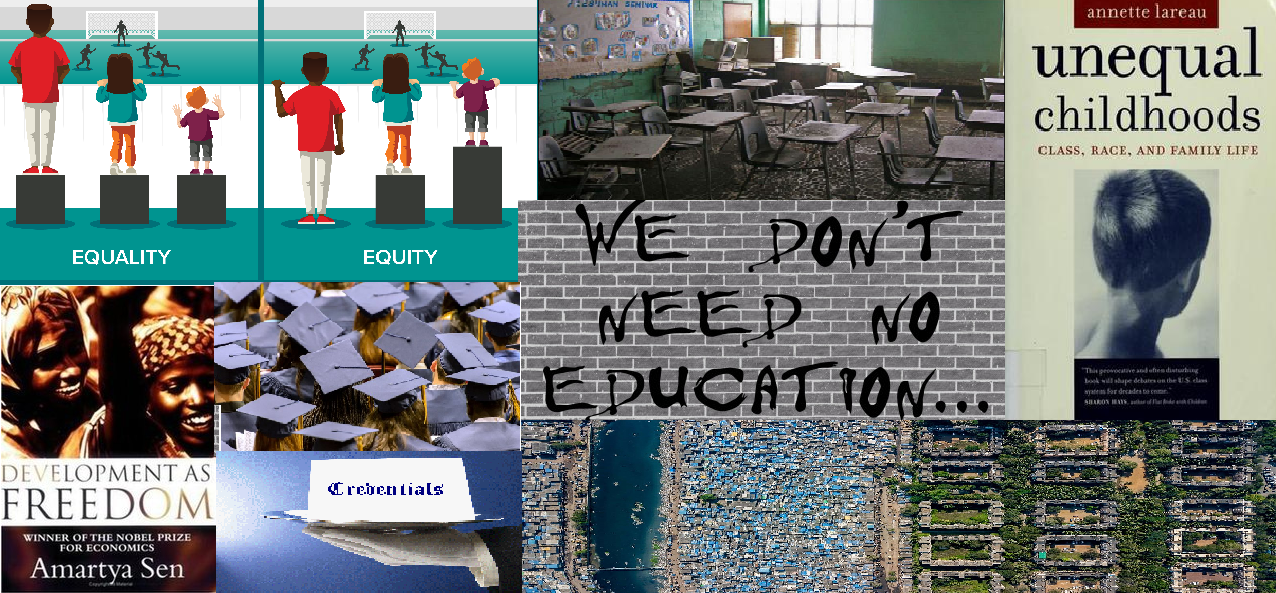Hi all! This week we’re discussing the following readings:
- Banerjee, Abhijit and Esther Duflo. 2012. “Chapter 4 – Top of the Class” In: Poor Economics : A Radical Rethinking of the Way to Fight Global Poverty. New York, UNITED STATES: Public Affairs.
- Buchmann, Claudia. Hannum, Emily. 2001. “Education and stratification in developing countries a review of Theories and Research..” Annual Review of Sociology. 27: 77-102
Before reading today’s post I want you to watch the TED talk below. The research we have studied and discussed post-midterm have all been focused on what Tom Weisner (from the video below) calls W.E.I.R.D societies. This week we start to look at the other rest of the 85% of the World in what relates to education and development.
Both readings for this week talk about conditional cash transfers. So, before going any further you should understand what these are, and what usually gives them their conditional character.
Carefully go over my PowerPoint presentation with voiceover where I explain important ideas and concepts covered in the readings. (To listen to the voiceover you need to go to presentation mode)
Watch 2019’s economic Nobel Prize winner, Esther Duflo, discuss Randomized Control Trials’ and how these social experiments have informed recent efforts to fight poverty around the world.
On the link below you can find Duflo’s and Banerjee’s Slides for chapter 4. Have a look at it, it’s a great summary of the main issues discussed in the book chapter.
Duflo’s MIT courses are available online (and I believe for free, if you don’t request a certificate). You can find the list here: https://economics.mit.edu/faculty/eduflo/courses
Lecture Posts Questions:
On the comments section below, address the following questions (answers should be at least 100 words in length and posted by Sunday – This is how participation points are assessed (worth 30% of your final grade!) Please save your comments in a safe document before attempting to post it.
- From my PowerPoint presentation, what still isn’t very clear? Any questions, thoughts or comments you would like to share?
- From the readings are all concepts clear?
- Summarize the main takeaways from the videos.
- Do you have any other questions from anything we studied in our course throughout the semester? Or is there a thought or comment you would like to share with the rest of class for our last Lecture Post?


